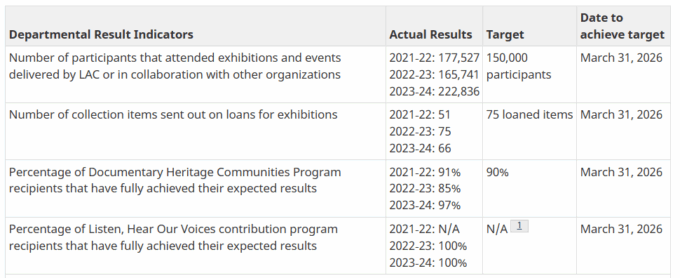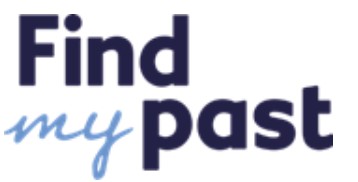A Landmark Decision
Due to rapid advances in artificial intelligence (AI) technology, FamilySearch are changing the assistance asked of volunteers.
Initial indexing of records from historical documents will now be done by FamilySearch’s artificial intelligence rather than by online volunteers. Then, volunteers will review to identify any errors made by the AI.
If, like me, you advanced your family history by using the FamilySearch Experimental Full Text Search, you’ll appreciate why the change is being made.
Commercial genealogy companies have been exploiting handwriting recognition technology (HWT) for a few years. This decision by FamilySearch marks a coming-of-age for AI applications in family history.
This should be a wake-up call to all organizations, including Library and Archives Canada, that times have changed. There’s now the option to make massive collections of documentary heritage digitally searchable. Will we no longer be told that only a few percent of the holdings are online and searchable? Will organizations have the fortitude to seize the opportunity and reorder priorities?
The old school will continue to complain that HWT transcriptions are not perfect. They aren’t. However, I’ll take 80% accuracy in a huge mass of documents, with the ability for human correction, rather than 0% accuracy with no errors and no access.
Time Travelling with the HSO
In collaboration with Rogers, the Historical Society of Ottawa has recorded and now placed on YouTube 13-30 minute episodes of “Time Travelling… with the Historical Society of Ottawa.” They are:
Episode 1 – Paul Weber – “Go Exploring” https://youtu.be/4jbkQ1BVFEk
Episode 2 – Kevin Ballantyne – “Glimpses of ‘Forgotten Ottawa'” https://youtu.be/c4733IZ9yNE
Episode 3 – Rick Henderson – “Philemon Wright and his town” https://youtu.be/ueJn5cBM_yA
Episode 4 – Peter Atkinson, “Gord Atkinson: Ottawa’s Oldest Teenager” https://youtu.be/nPHqdAx0V7I
Episode 5 – Michael McBane – “Bytown 1847” https://youtu.be/mJEkeHB8ugg
Episode 6 – Jim Hurcomb “Ottawa’s Golden Age of Rock and Roll” https://youtu.be/dSuX48DwIUs
Episode 7 – Paul Couvrette “The Changing World of Photography” https://youtu.be/6EKCmDYS5zA
Episode 8 – Christine Jackson “From Steamboats to the NHL: The Cowley Family” https://youtu.be/lHwa7HRBCmc
Episode 9 – Leo Doyle “Ottawa’s Surprising Connections to Basketball’s Beginnings” https://youtu.be/RuIFu0qjkcw
Episode 10 – Jean-Luc Pilon “An Archaeologist’s Perspective: Uncovering the Ottawa area’s ancient past” https://youtu.be/UcdNCe7cBHI
Episode 11 – Jean-Marie Guerrier “Black History in Ottawa Streets” https://youtu.be/gjLxQOFjwO8
Episode 12 – Dominique Lajoie “Château Laurier : si les murs pouvaient parler” https://youtu.be/HtNk81ziyic
Episode 13 – Rick Henderson “Philemon Wright et son village” https://youtu.be/BVsDLomj2-k
Canada, Orders in Council, Indigenous “Indian” Enfranchisement Records, 1878-1972
Ancestry has now made these 35,464 records, sourced from Library and Archives Canada Record Group 2, available. Records in this collection may include: Name, Name of Indian Band, Orders in Council (OIC) number, Date of enfranchisement (OIC approval date), Agency, Province or territory, Names and relationships of relatives.
 Alice Scott’s Frock Recreated by AI
Alice Scott’s Frock Recreated by AI




 Findmypast is offering a limited-time discount on subscriptions of up to 50% off.
Findmypast is offering a limited-time discount on subscriptions of up to 50% off.
 9 am: Annual General Meeting
9 am: Annual General Meeting